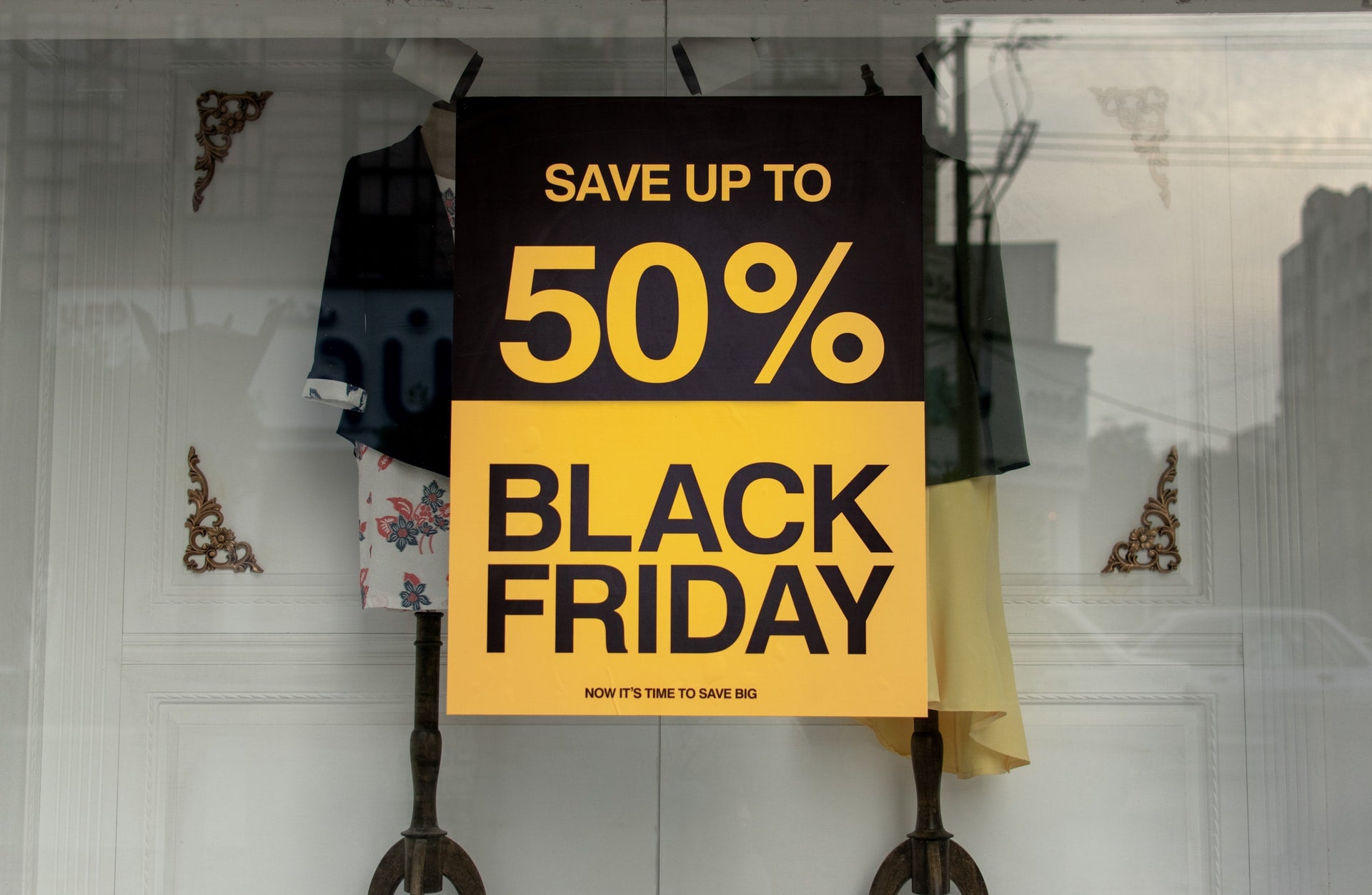
The last quarter of the year is traditionally the most profitable for online retailers and many of them rely on Black Friday to boost their revenue as shoppers try to grab bargains to prepare for the winter holidays and e-commerce sales significantly rise.
However, Black Friday has been met with a growing backlash over recent years. More and more eco-friendly shoppers are calling to boycott the rampant consumerism that Black Friday promotes. Meanwhile, some retailers have opted out of the annual shopping event entirely, realising that big discounts attract opportunistic shoppers who rarely convert into loyal customers.
Consumers in the UK are starting their Christmas shopping earlier than ever before in an effort to cross items off their list before stocks run out, so retailers need to fine-tune their commercial strategy now or risk being left behind. For a successful Golden Quarter, they need to leverage the power of social commerce and make the user experience as seamless as possible to drive customer loyalty. They need to focus on high-quality customer acquisitions, rather than quick wins.
The power of social commerce
Shoppers increasingly make their purchasing decisions via social channels, with research from Visa finding that a quarter of all online purchases are now being made via social channels. It’s no secret that Gen Z and Millennials, in particular, spend a significant amount of time on social media, so we can only expect this trend to grow in the next few years. Indeed, this year alone has seen Google launch Shop Loop, Snapchat launch dynamic ads globally, and Tik Tok expand its shopping features.
Embracing the power of social commerce can help companies ensure that they’re meeting their customers where they are with the appropriate offerings. Every platform has a distinct audience with different expectations. Listening to audiences closely and interacting with them is essential for retailers looking to make the most out of the fourth quarter.
Perfecting the user experience
Retailers need to make a memorable impact on shoppers to ensure they return once the sales are over. They need to deliver on the complete package by offering a bespoke user experience. As the retail landscape evolves, they have the opportunity to accelerate their digital offering to deliver a truly seamless shopping experience.

US Tariffs are shifting - will you react or anticipate?
Don’t let policy changes catch you off guard. Stay proactive with real-time data and expert analysis.
By GlobalDataA seamless shopping experience, which will keep customers hooked throughout the year, starts with optimised product data. Clear and consistent data across all platforms can greatly increase the chance of a sale. This ensures that shoppers know exactly what they are buying and ultimately reduces the risk of returns, which carry a heavy cost. Other elements such as staying on top of fluctuating inventories have only become more important as global supply chains are still reeling from the effects of the Covid-19 pandemic.
Contextualising your product content goes beyond having clear and updated information across platforms. It also means being aware of social norms, channel characteristics, and the expectations your audience has from each channel. Someone looking to redecorate their living room might browse Pinterest for inspiration, but they might also experiment with Snapchat’s AR filters to see how a new sofa would fit in.
Driving customer loyalty
When we think of Black Friday, we think of customers being bombarded by discounts and hopping between stores to find the best deals. However, these quick wins don’t always convert into customer loyalty. To strengthen existing relationships with customers and build new ones, retailers can offer personalised discounts throughout the year based on their customers’ shopping habits, much like UK supermarket chain Sainsbury’s, which offers personalised deals to their Nectar (loyalty) customers, leveraging data-driven insights from their shoppers.
Instead of just spamming customers with offers, retailers can encourage loyalty by offering incentives and rewards to bring them back beyond this pivotal quarter of the year, particularly as research by Ecrebo found that 44% of UK shoppers shy away from brands that don’t offer them personalised offers. Developing a sense of community can also be crucial to nurturing existing relationships with customers.
Digitally native beauty brand Glossier is a prime example of this. The brand that has established a strong community of customers, putting 90% of its total revenue growth down to returning customers. A tailored, data-driven rewards program offered exclusively to customers can help to lay the foundations of a strong customer-brand relationship. To grab shoppers’ attention, utilising tactics such as a ‘points for rewards scheme’ can keep them locked in long-term.
Whether you love it or loathe it, this isn’t to say that Black Friday has had its day, but that retailers need to adapt to reap its benefits. Amongst all the sales, the retailers that get Black Friday right will focus on customer retention and high-value relationships, rather than quick wins. A brand that positively resonates with audiences beyond the Black Friday sales is one that adds value by offering targeted services and exclusivity that competitors can’t match.
By Marcel Hollerbach, Productsup



